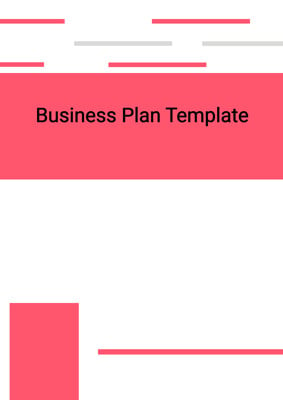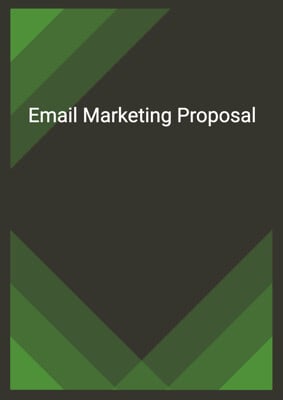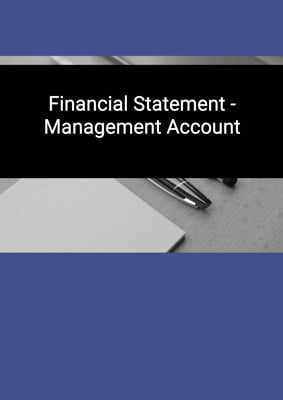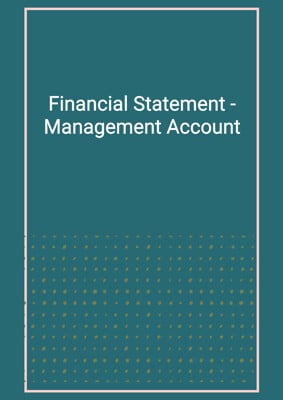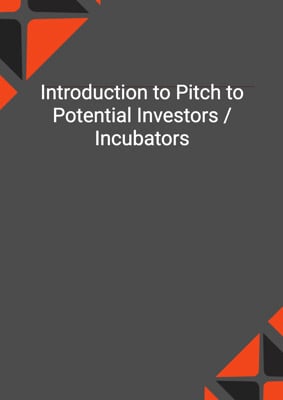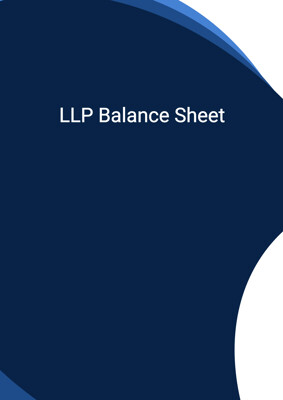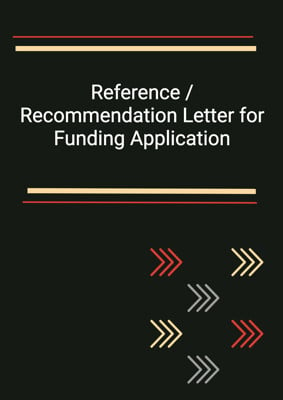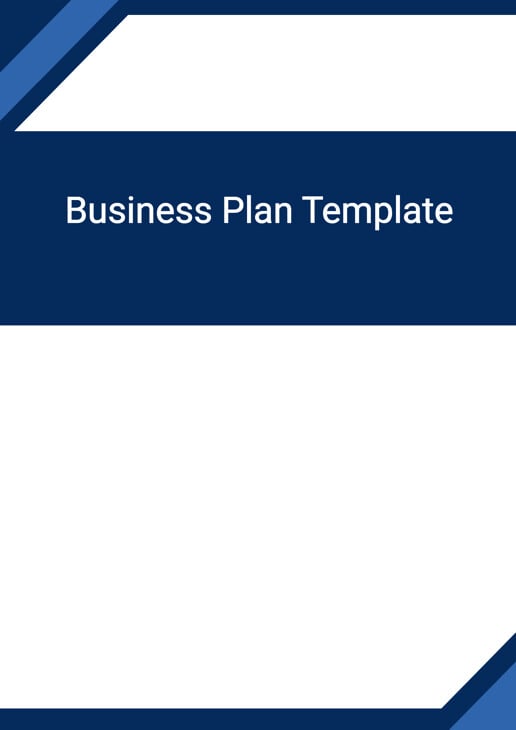
Business Plan Template
Pitch to Investors / Incubators
This document is an outline of a business plan of a startup company to pitch to potential investors / incubators to seek funding. It is useful for pitching to seed investors, venture capital and private equity funds and covers the usual questions and information they are looking for.
How to Tailor the Document for Your Need?
01
Create Document
Click "Create Document" button and the document will be prepared with your account details automatically filled in.
02
Fill Information
Please fill in any additional information by following the step-by-step guide on the left hand side of the preview document and click the "Next" button.
03
Get Document
When you are done, click the "Get Document" button and you can download the document in Word or PDF format.
04
Review Document
Please review the document carefully and make any final modifications to ensure that the details are correct before publication / distribution.
Document Preview
Document Description
The Business Plan Template is a comprehensive document that outlines the key aspects of a business plan. It is an essential tool for entrepreneurs and business owners to effectively communicate their business ideas and strategies to potential investors, partners, and stakeholders. The document begins with a detailed introduction, providing an overview of the purpose and importance of a business plan. It emphasizes the significance of having a well-structured and thought-out plan to attract investment, secure financing, and guide the growth and development of the business.
The entire document is divided into several sections, each focusing on a specific aspect of the business plan. The first section addresses the market problem or pain that the business aims to resolve. It highlights the importance of identifying a market need or opportunity and explains how the proposed product or service can address that need or alleviate the pain. It emphasizes the unique selling points and competitive advantages of the product or service.
The next section delves into the features and benefits of the product or service. It provides a detailed description of the product's functionalities, technology niche (if applicable), and any innovative or disruptive elements that set it apart from competitors. It emphasizes the value proposition and the potential market demand for the product or service.
The competitive analysis section compares the business's product or service with existing competitors in the market. It highlights the strengths and weaknesses of each competitor and identifies the business's unique selling points and competitive advantages. This section helps the reader understand the market landscape and the business's positioning within it.
The pricing section outlines the wholesale and retail prices of the product or service. It explains the rationale behind the pricing strategy and highlights any special offers or discounts that may be available. This section helps the reader understand the business's pricing structure and its competitiveness in the market.
The product roadmap section provides an overview of the business's future product or service offerings. It outlines the planned development and expansion of the product line and highlights any upcoming releases or updates. This section helps the reader understand the business's long-term vision and growth strategy.
The target market section identifies the specific target customers and end-users of the product or service. It provides demographic and psychographic information about the target market, including their size in terms of quantity and dollars. This section helps the reader understand the business's target audience and the potential market size.
The business model section explains how the business generates revenue and sustains its operations. It outlines the various revenue streams and monetization strategies, including sales, partnerships, and government funding. This section helps the reader understand the business's financial sustainability and profitability.
The development roadmap section highlights the achievements in research and development and the planned works for the coming two years. It provides a timeline of key milestones and activities related to product development, business development, and corporate development. This section helps the reader understand the business's progress and future plans.
The cash flow summary section presents a summary of the business's cash flow status. It includes information on opening cash, additional funding, sales revenue, total cash in, cash out, and net balance. This section helps the reader understand the business's financial health and cash flow management.
The management team section introduces the founding team members and their qualifications, highlighting their academic and work experience. It also mentions any additional staff, shareholders, or business partners who complement the current team. This section helps the reader understand the business's leadership and expertise.
The portfolio section showcases the business's capability in research, product design, and development. It highlights previous experiences and achievements that demonstrate the business's expertise and credibility. This section helps the reader assess the business's track record and potential for success.
Overall, the Business Plan Template is a comprehensive and detailed document that provides a thorough understanding of the business's vision, strategy, and potential. It serves as a roadmap for the business's growth and development, guiding decision-making and attracting stakeholders.
How to use this document?
1. Understand the importance of a business plan: Recognize that a well-structured and thought-out business plan is crucial for attracting investment, securing financing, and guiding the growth and development of the business.
2. Identify the market problem or pain: Clearly define the market need or opportunity that the business aims to address. Highlight the unique selling points and competitive advantages of the proposed product or service.
3. Describe the product or service features and benefits: Provide a detailed description of the product's functionalities, technology niche (if applicable), and any innovative or disruptive elements. Emphasize the benefits and value proposition that the product or service offers.
4. Conduct a competitive analysis: Compare the business's product or service with existing competitors in the market. Identify the strengths and weaknesses of each competitor and highlight the business's unique selling points and competitive advantages.
5. Determine the pricing strategy: Set the wholesale and retail prices of the product or service. Justify the pricing strategy and consider any special offers or discounts that may attract customers.
6. Plan the product roadmap: Outline the future product or service offerings and development plans. Provide a timeline of key milestones and releases to demonstrate the business's long-term vision and growth strategy.
7. Identify the target market: Define the specific target customers and end-users of the product or service. Gather demographic and psychographic information to understand the market size and potential demand.
8. Establish a viable business model: Determine how the business generates revenue and sustains its operations. Identify the various revenue streams, such as sales, partnerships, and government funding.
9. Develop a comprehensive development roadmap: Highlight the achievements in research and development and outline the planned works for the coming two years. Set clear milestones and activities related to product development, business development, and corporate development.
10. Monitor and manage cash flow: Regularly assess the business's cash flow status and ensure sufficient funding for operations. Keep track of opening cash, additional funding, sales revenue, cash in, cash out, and net balance.
11. Build a strong management team: Assemble a team with the necessary qualifications and expertise to develop and sell the product or service. Highlight the founding team members' academic and work experience, as well as any additional staff, shareholders, or business partners.
12. Showcase previous experience and achievements: Demonstrate the business's capability in research, product design, and development. Highlight previous experiences and achievements that showcase the business's expertise and credibility.
Note: This guidance provides a concise overview of the steps involved in using the Business Plan Template. It is important to adapt and customize the guidance based on the specific needs and requirements of your business.
Not the right document?
Don’t worry, we have thousands of documents for you to choose from:

